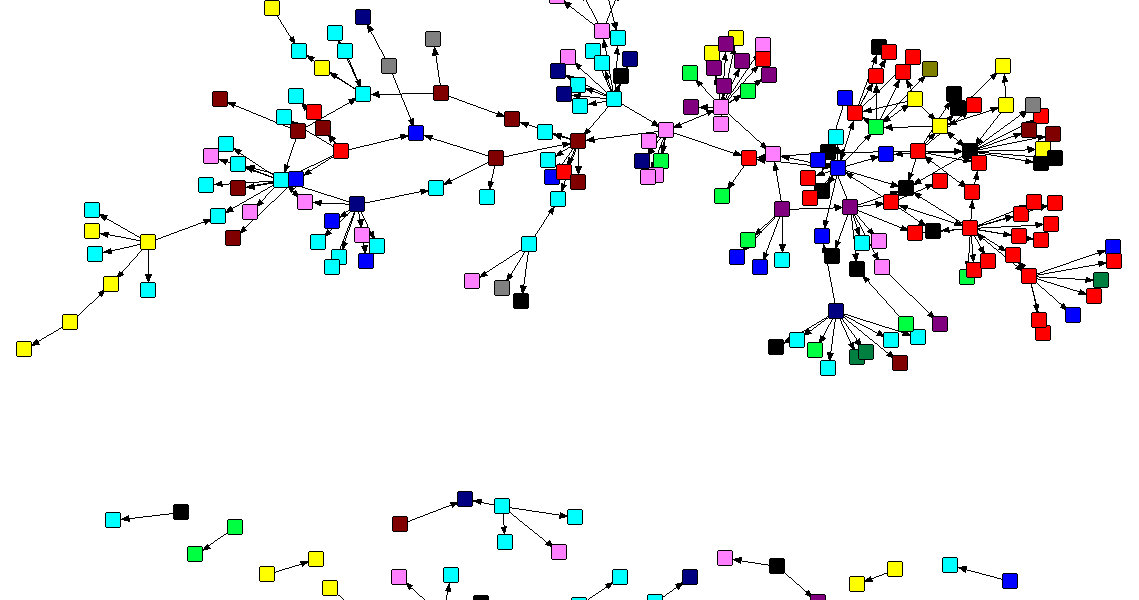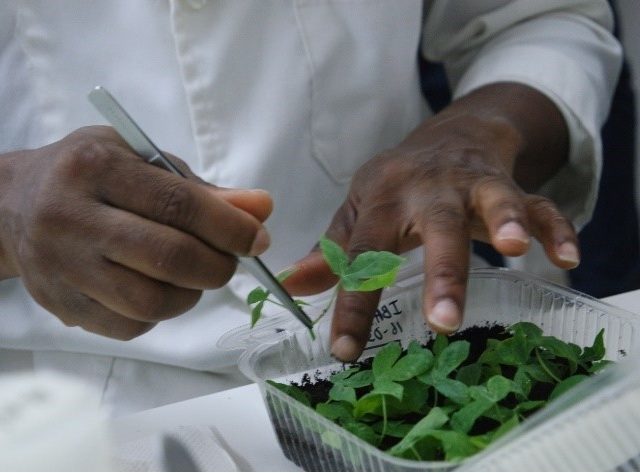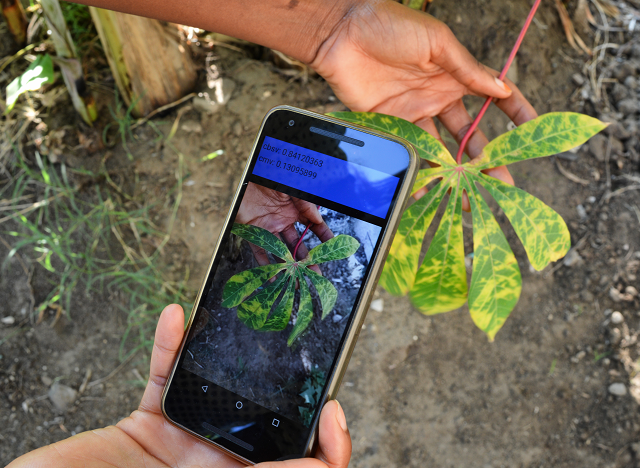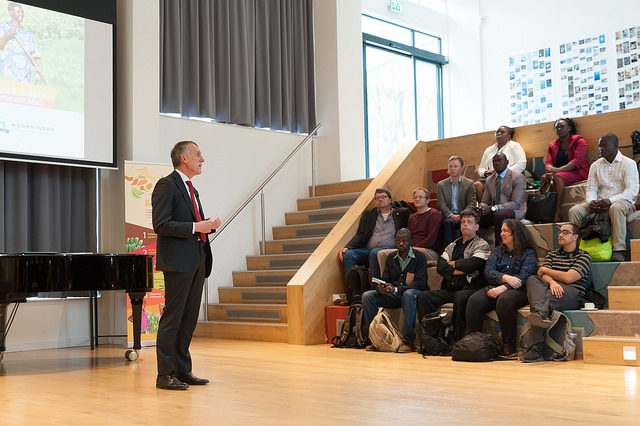To strengthen the effectiveness of RTB partnerships, the Institutional Learning and Change Initiative (ILAC) has analyzed the research program’s networks in order to track and guide their evolution as the program moves forward. The report, titled “Monitoring the composition and evolution of the research networks of the CGIAR Research Program on Roots, Tubers and Bananas”, has just been released.
CGIAR Research Programs require high levels of coordination among research centers and their partners if they are going to strengthen food security and raise incomes in rural communities. In the case of RTB, this involves the coordination of knowledge sharing and other cooperation among four CGIAR Research Centers and a growing number of partners scattered around the globe.
To better understand those networks and foment the synergies needed to achieve the program’s goals, RTB managers have taken a systematic look at how partnerships are formed, maintained and perceived within research networks. The enquiry began with a review of literature on partnership by Douglas Horton, a consultant, Gordon Prain, a Science Leader for Social and Health Sciences at CIP at the International Potato Center (CIP), and Graham Thiele, RTB Program Director.
“We wanted to understand how research networks function and how variable the dynamics of their partnerships are,” said Prain.
To do this, Prain and Thiele commissioned the experts at ILAC, a CGIAR initiative hosted by Bioversity International, to undertake a systematic analysis of partnerships within RTB. According to ILAC Coordinator Javier Ekboir, project managers are often too busy with administrative duties to step back and engage in the kind of analysis that ILAC can provide. He noted that this a problem common to most organizations, regardless of their sector or goals, which is why many create teams to analyze organizational dynamics and support organizational change.
“When you have a mandate to make a project work, your main concern is how to develop routines, so it’s difficult to find the time and mental space necessary to think about strategic issues,” he said. “To a certain extent, I am trying to play the role of an institutional psychoanalyst.”
An agricultural economist with 15 years of experience in the CGIAR system, Ekboir is familiar with the issues and challenges at hand. He and his colleagues Cristina Sette and Genowefa Blundo, at ILAC, and Sophie Alvarez, at the International Center for Tropical Agriculture (CIAT), have implemented research to understand the dynamics of RTB networks. Ekboir explained that they wanted to explore new models for knowledge sharing, capacity development and collective learning, and to develop new approaches to research in response to the complex and evolving situation in the field
Their work is focused on two areas: a global analysis of RTB partnerships and action research on RTB networks in Africa. The first used social network analysis methods and information collected via a questionnaire that was completed by 92 RTB researchers. The questionnaire covered issues ranging from the kind of research they do to the number and nature of their partnerships. Ekboir and his colleagues used the responses to map the networks that connect 578 researchers in 315 organizations, creating a baseline that will be used to monitor RTB’s evolution in the coming years.
“We expect the social network analysis to be an instrument to monitor how RTB moves through its impact pathways and what changes take place on an almost real-time basis,” he said.
Such information could help RTB managers to implement adaptive management approaches as needs and opportunities arise. Ekboir and his colleagues also undertook action research on RTB networks in Africa, in order to explore new models of partnership and collaborative research, which could be adopted by other research programs.
“We have established action research to contribute to the development of all the CGIAR Research Programs,” Ekboir said. “This research is focused on the change process, and it should provide the CGIAR with instruments for managing that process.”



